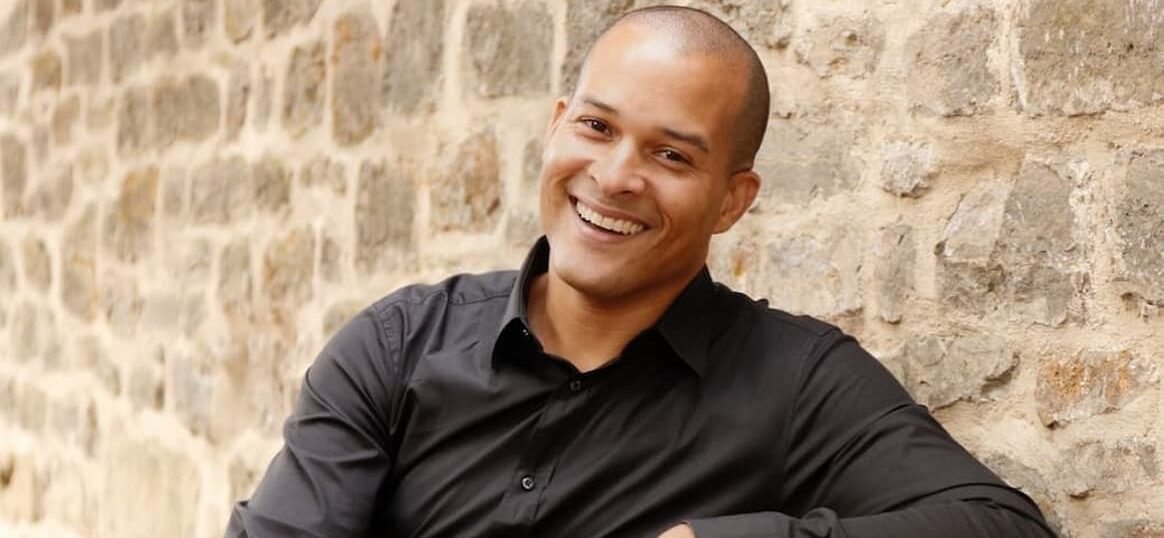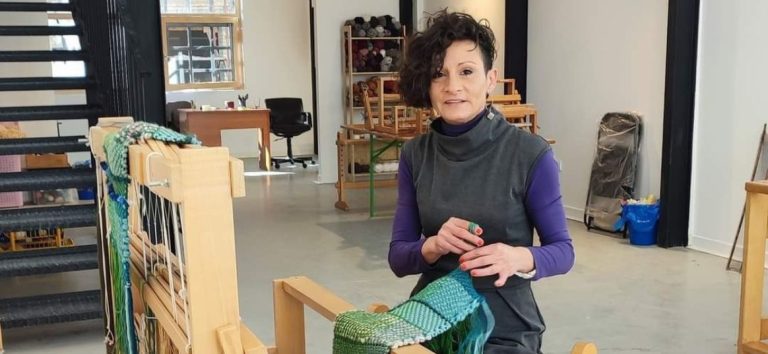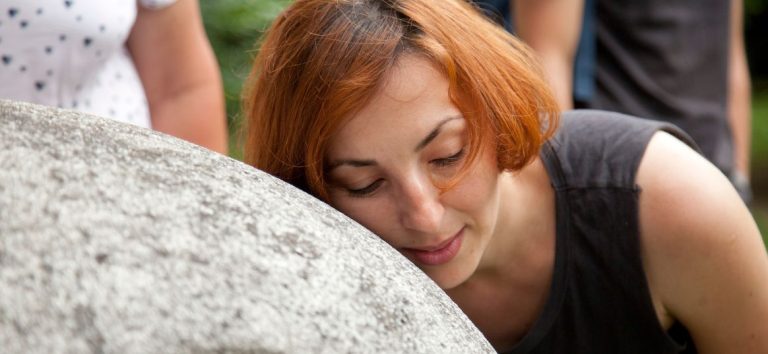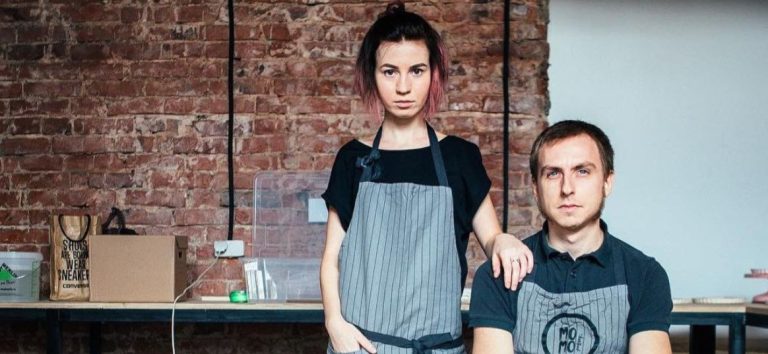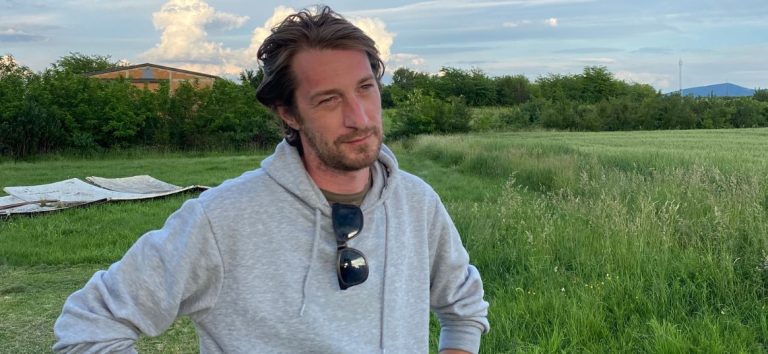For the first time in the European Capital of Culture, the Novi Sad audience will have the opportunity to see and feel how the symbiosis of classical choral music and choreographic movements works on the stage. As part of the final programme of the Schools of the Future, in which young artists hold a class, we will step into the field of the unknown through the project From Choir in Movement to Choir Theatre, which will be held in Novi Sad City Concert Hall from 26 to 30 April. Renowned German conductor Stephan Luterman is coming to Novi Sad, and together with choreographer Lars Scheibner, he will work with the National Youth Choir of Serbia, and present a unique methodology for theatricalization the choir programme. We are expecting the performance of the national choir (29 April), which was founded thanks to the European Capital of Culture, and the final evening on 30 April will be completed by a concert by the international ensemble Choreos, founded by Stephan Luterman.
Stephan Luterman is a versatile artist led by a curious spirit through his musical life and a constant desire to learn and improve. The basis of his work are studies of conducting, organ and church music in Austria and Germany, and as a highly sought soloist, he has performed recitals throughout Europe, America and Africa. In addition to conducting, which he even teaches at the Osnabrück University, Luterman also works as a church musician at St. Matthew’s Church in Melle, and his first book Singen in 3D – die CHOREOS Methode will be published soon.
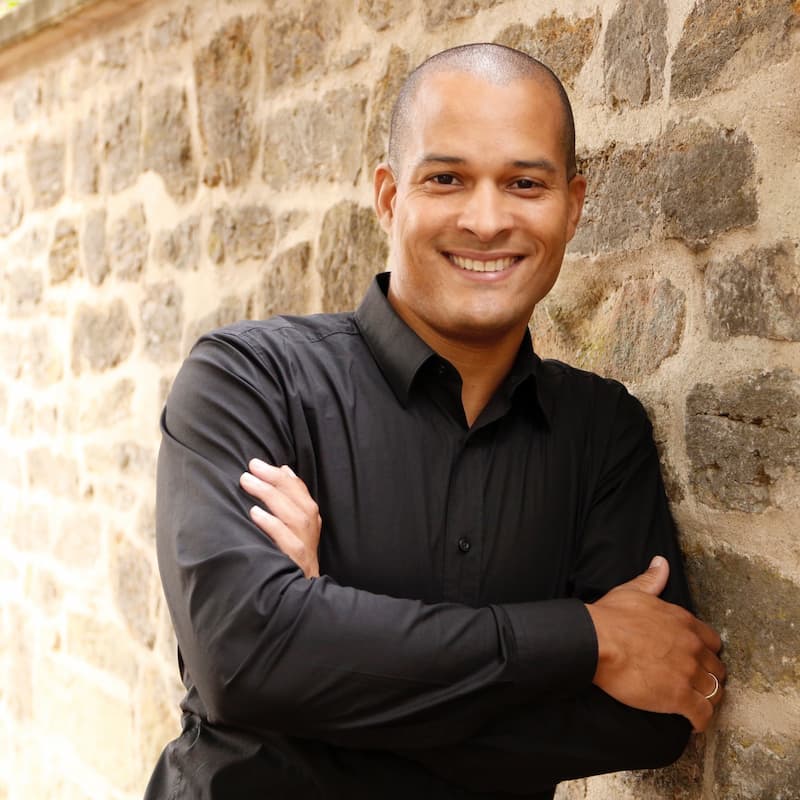
He told us how he achieves all this during the conversation we had before his arrival in Novi Sad, and he spoke about the importance of the project From Choir in Movement to Choir Theatre for young artists, as well as this year’s European Capital of Culture, where he arrives for the second time.
As part of the programme From Choir in Movement to Choral Theatre, you will be a guest lecturer in Novi Sad and present your methods of work, and work with the National Youth Choir of Serbia, which will present itself in Novi Sad on 29 April. What knowledge will you bring to Novi Sad and what do you expect from the cooperation with this ensemble?
I’m really looking forward to work with the National Youth Choir of Serbia, because it is a wonderful opportunity to work with these enthusiastic young singers. During the festival in Novi Sad we will explore, how the scope of classical choir music can be broadened through movements. In my work with my international ensemble CHOREOS I have learned that singing and movements is an absolutely fruitful combination to open the door to the audience. Performing is always a way to get in touch with the audience, to tell them a story and to make them forget their everyday life. I’ll present tools and ways how to reach this goal.
How challenging is it to conduct a choir with which you are collaborating for the first time? How do you manage to achieve that ‘chemistry’ with the performers, which is present on the stage?
I personally love to meet new choirs or ensembles and to work with them. Each choir is different and has its own sound, potency and vibe. But for all choirs it is important to build up a group feeling. They have to breath together, listen to each other and find their right energy level. When staging a choir piece, the ensemble needs to develop even more skills to make it possible. It is my duty as a conductor to make the choir more independent to the conductor, which sounds funny at first glance. But a self-reliant choir has a very strong stage presence and sounds much more homogeneous.
Your ensemble Choreos, which you lead and conduct, will perform on 30 April at the City Concert Hall, a new space for culture in Novi Sad. What will the Novi Sad audience have the opportunity to experience?
CHOREOS is a worldwide unique ensemble, which I founded to bring the symbiosis of classical choir music and choreographed movements on a new level. When we started in 2016 we went on a thrilling journey of exploring unfamiliar territories. Together with our choreographer Lars Scheibner and our ensemble of 16 wonderful young singers from 9 different countries, we brought up two productions since now. In Novi Sad we’ll show the new CHOREOS production which is titled “Dream (e)scapes” The performance illuminates through seven chapters and works dreams, parallel and illusory worlds, as well as the escape into them. Associations and parallels to notions such as day/night, dreams/nightmares, fears, hecticness and calm are manifest and wanted. The musical spectrum stretches from the romantic works of Gustav Mahler and Richard Strauss, through the 20th century with works by Einojuhani Rautavaara and Knut Nystedt, until the present day, with newly commissioned compositions by Jan Sandström and Georgi Sztojanov.
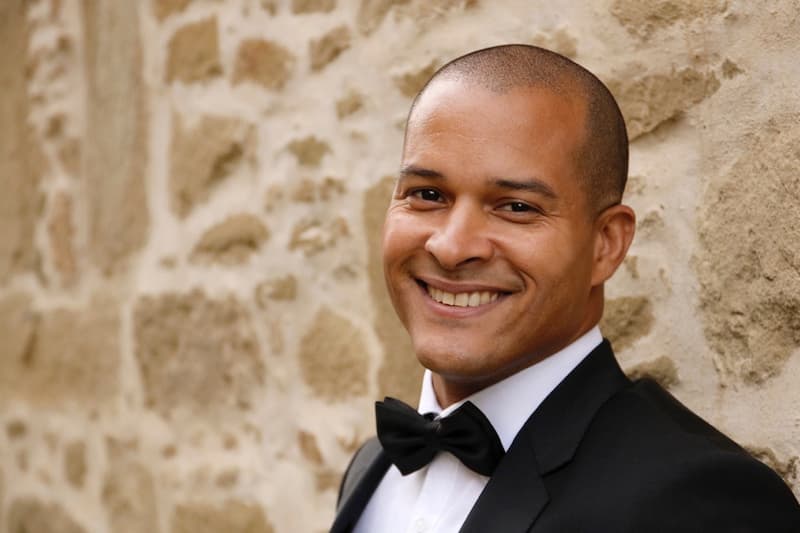
Let’s go back to your lecture work on the project From Choir in Movement to Choral Theatre. What is your experience in mentoring work on similar projects and how important is working with mentors for artists who improve their skills in this manner?
Being an artist is a never-ending process of learning. It is always good to learn from each other and to find new approaches to your work. Hearing the same things from another person’s mouth can be very refreshing and helpful. Of course you can never change a choir in one workshop, but it is possible to change little things. It is more important to encourage a choir to try out new things and not to rely on what they have done so far.
How would you present the importance of theatrical choral programme and how different it is from traditional choral singing?
In ancient Greek singing, poetry and dancing were always connected and was known as ‘musiké’. The place where they performed those ritual performances was the ‘choros’. Later these arts were more and more divided. Nowadays we have highly specialized fields in art. Speaking of choirs a lot of choirs have reached levels, which were unthinkable 100 years ago. But we were all trained to stand still while singing. Children who sing at home are always moving. It is natural to move while we are singing. The word Emotion derives from a Latin origin: e-movere. It describes something which is moving from inside to outside. We physically show our feelings through body language and it is proven scientifically that it works also the other way round. In addition to that, our voice is able to transmit feelings and emotions. To cut a long story short, it seems artificial and weird not to allow somebody to move while singing. There are so many benefits to gain by learning more about theatrical choral programmes.
Your creative work with the Choreos ensemble is based on vocal-instrumental performances that include movement. How challenging is this approach and how do you complement the development of your own ideas with the choreographer Lars Scheibner, with whom you founded this ensemble?
As I said before, CHOREOS was founded to push the limits and to explore what is possible in the field of staging a choir. Therefore it is always challenging for us. We work in a way, which no one has done yet. During our creative process of preparing a new production we sometimes find ourselves in a dead end, but most of the time we are able to open new doors and find fascinating new things. Lars is a wonderful choreographer who understands the needs of a singer and is able to find doable movements for non-professional dancers. The biggest challenge in our work is not the music or the movements, but to find tools to bring everyone to the same level. Creating the right intensity of the group and a strong will to feel as one organism are the key elements of our work.
From your impressive biography, we learn not only that you lead Choreos and conduct, but also that you work as a church musician playing the organ, teach conducting and soon publish your first book. How do you coordinate all this and where do you find inspiration?
Coordinating my agenda is always a big challenge for me. Somehow it works, but sometimes it can be really be tough. Of course this is something which so many colleagues have to deal with, especially when they have a family with kids at home like me. My inspiration derives from many things. For example I love reading books and I’m not only interested in music but in other fields of art, philosophy, sports, science and politics. I think it is important to be open-minded and to find your own language as an artist. My special secret is having a shower in the morning. The best ideas came to my mind, when I was having a “creative” shower. 🙂
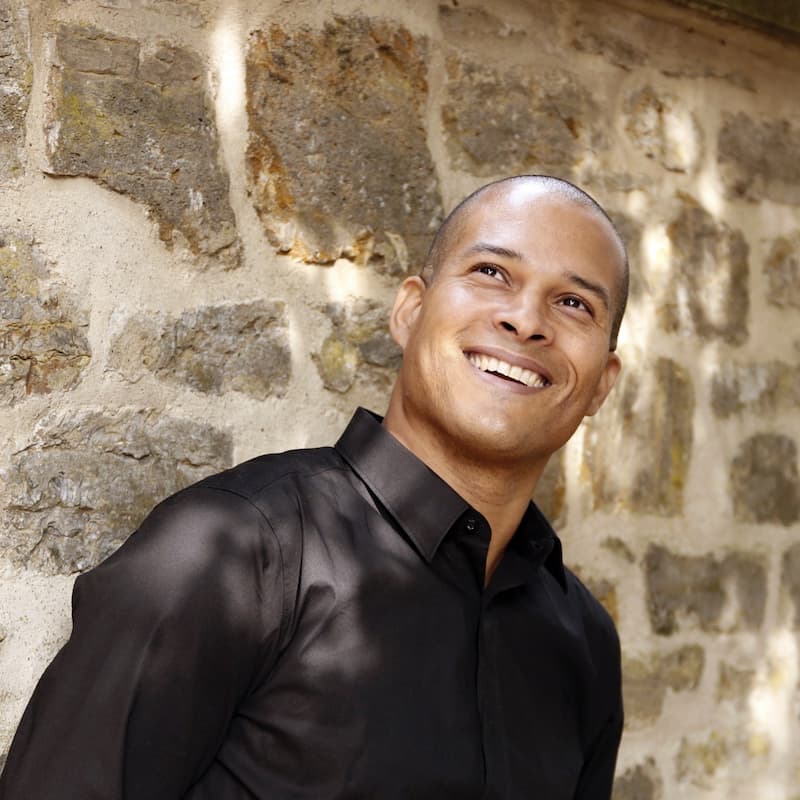
Your engaged work in the world of music certainly hides many sacrifices, but the recognition and praise you receive are undoubtedly an incentive for you to continue… How do you see it?
Thank you so much for this question. A german journalist, Johannes Gross, once said “Der Applaus ist das Brot des Künstlers” – “Applause is the artist’s bread and butter”. Of course there’s no doubt that every artist needs the attention and the applause of the audience. But I’m sure that art always needs a need or even a crisis to invent new things or to create a masterpiece. I personally gained a lot of energy for my work from rejections and failures which I had to experience. If your personal situation is too convenient, you might not find enough energy to run your ideas against upcoming oppositions.
How important is it to bring art closer to the common man and how can it help us cope with the challenges we face in this modern age?
I think art is very essential for every society. During the covid pandemic we were discussing in Germany whether art is of systemic importance and therefore has to be financially supported by the state. A lot of free-lance artists all of the sudden had no income during covid lock down and urgently needed financial support. Some politicians argued that art is not of systemic importance like for example the medical field. I agree that our need of well working hospitals and doctors was more needed during the pandemic. But there is no doubt, that society is always in charge to let not die our cultural goods. In my opinion art plays an important role in shaping our society, especially in times of crisis and war: – art brings people together and units people. This is a first step to accepting one another. – art can develop a cultural identity – art can broaden one’s horizon – art can make us forget time. Forgetting time means to overcome death for a long or short moment (Navid Kermani)
What do you think about the title of European Capital of Culture and how important is it for the art scene of a city?
I really like the idea of highlighting different cities in Europe by appointing them European Capital of Culture. It is a wonderful chance for those cities to share their cultural heritage and to increase the self-confidence of their inhabitants. I hope that it helps those cities to develop new sustainable projects, reinforce their existing structures and find new partners. I’m really looking forward to be part of the cultural program of Novi Sad in 2022. Congratulations and all the best for their anniversary year!
Author: Marina Marić
Photo: Max Ciolek

